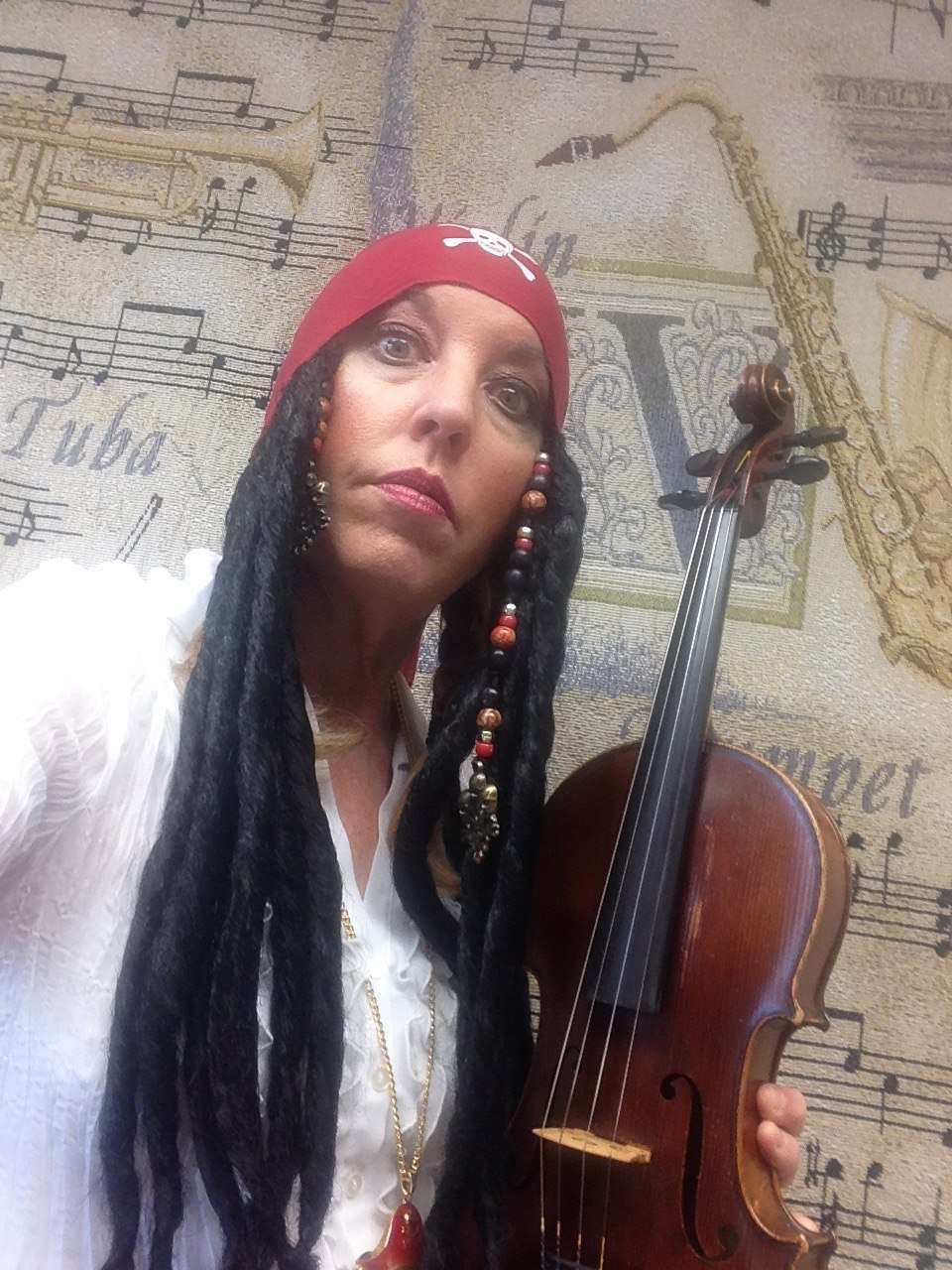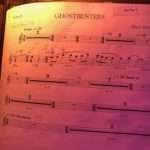How to Format Student Dress Rehearsals
Everyone is busy! ...
…so, how do you come up with a dress rehearsal/recital format that serves the beginner, will be successful for advanced students and comfortable for busy parents?
 The format that serves my students best is a Friday dress rehearsal with assigned time slots, and two recitals on Saturday. The use of assigned time slots for the dress rehearsal is efficient! I run an on-time schedule by having the student arrive 10 minutes before their assigned time and I honor the schedule. Based on my philosophy and experience I feel it is best that the teacher leads all dress rehearsals. I am happy to give of my time as a professional musician to my students and this is the standard I offer at my studio.
The format that serves my students best is a Friday dress rehearsal with assigned time slots, and two recitals on Saturday. The use of assigned time slots for the dress rehearsal is efficient! I run an on-time schedule by having the student arrive 10 minutes before their assigned time and I honor the schedule. Based on my philosophy and experience I feel it is best that the teacher leads all dress rehearsals. I am happy to give of my time as a professional musician to my students and this is the standard I offer at my studio.
What is expected of the student at dress rehearsal? I prepare students to be ready to run their solo with the accompaniment and then address any minor ensemble issues. The dress rehearsal is not a lesson so I focus on performance, musical expression, and also reinforce a productive and positive attitude in the student. Performing at recitals is a celebration of the student’s musical journey and my approach is upbeat and encouraging.
How much time does each student need for dress rehearsal? The answer depends on the student’s ability level and the repertoire.
Beginning to Intermediate
Strong Intermediate to Advanced:
Dress Rehearsal
Students playing at a volume 4 level or higher (or repertoire outside of Suzuki), are scheduled for a 15 or 20 minute dress rehearsal to accommodate the more complex repertoire. Advanced solos are longer and we need time to cover various segments and rehearse transitions, ritards, phrasing and musicality. The student also needs to be comfortable with entrances after tutti sections.
Additional Rehearsal for Advanced Repertoire:
My most advanced students need more rehearsal time than just a run through. I accommodate this by doing an additional rehearsal with the accompanist a week prior; lengths vary from 20 minutes to 45 minutes. This format gives the students enough preparation to have a successful recital experience. For works that are quite long like the first movement of the Mendelssohn concerto, I assign the student to rehearse at least 1-2x prior to the first required rehearsal. This is with the pianist only which helps them learn independence by leading that rehearsal.
Performing at Both Recitals:
For my most advanced students that absolutely love to perform, I offer the opportunity to play at both recitals. Usually, this is a bigger work like Czardas followed by something shorter and fun. For this special consideration I allow a 25 minute dress rehearsal to run both works.
Quick Reference for Recommended Time Allotted:
- 5 minutes for all beginners thru Suzuki Volume 1
- 10 minutes for longer solos in Suzuki Volume 2 and all of Volume 3
- 15 minutes for Suzuki Volume 4 and Intermediate/Advanced repertoire
- 20 minutes for advanced repertoire and longer concerto movements
- 25 minutes for the most advanced works and those performing at both recitals (which would include a long work and a short)













